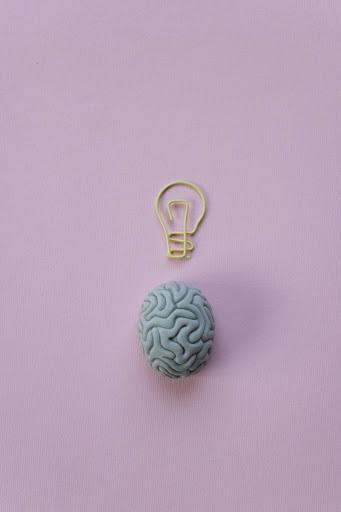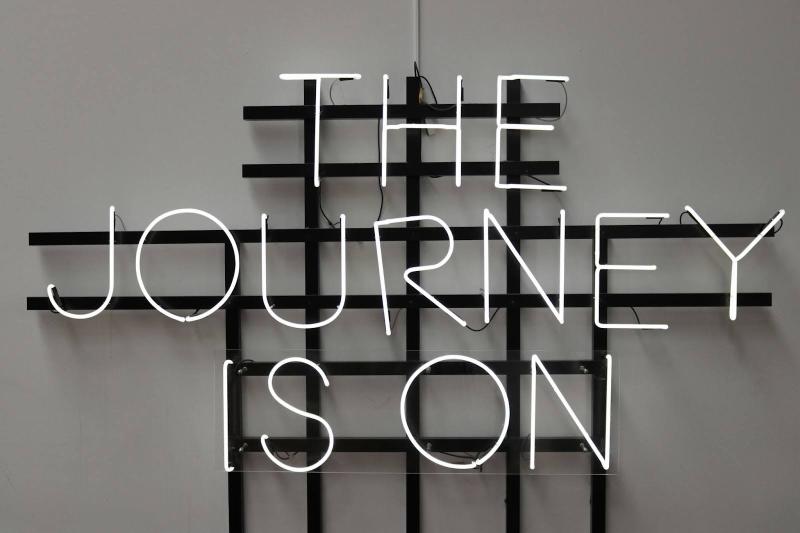The Hidden Science Behind Consumer Decision-Making on Landing Pages

A well-designed landing page isn’t just about aesthetics—it’s about psychology, behavior, and understanding what drives users to act. From visual hierarchy to persuasive content, every element on a landing page plays a role in influencing consumer decisions. By uncovering the hidden science behind these factors, businesses can significantly improve their conversion rates.
The Psychology of First Impressions
The first few seconds a user spends on your landing page can determine whether they stay or leave. Research shows that people form a first impression of a website within 50 milliseconds. This rapid evaluation is influenced by factors like:
Visual Appeal: A clean, visually appealing layout establishes trust and professionalism.
Clarity: Clear messaging helps users quickly understand the page's purpose.
Speed: Slow-loading pages can lead to immediate drop-offs.
Understanding these psychological triggers is essential for creating a landing page that captures attention and keeps users engaged.
How Visual Hierarchy Impacts Behavior
Visual hierarchy refers to the arrangement of elements on a page to guide users toward desired actions. Key principles of visual hierarchy include:
Size and Scale: Larger elements, such as headlines or CTAs, draw more attention.
Color and Contrast: Bright colors and contrasting tones highlight important sections.
Placement: Positioning key elements above the fold increases their visibility.
By structuring content strategically, businesses can subtly influence how users navigate their landing pages and interact with various elements.
The Role of Trust Signals in Decision-Making
Consumers are more likely to act when they trust the business behind the landing page. Trust signals, such as testimonials, certifications, and guarantees, help establish credibility and alleviate concerns. Effective trust-building strategies include:
Displaying customer reviews or case studies.
Highlighting security badges, such as SSL certificates.
Including clear refund or satisfaction guarantees.
These elements reduce hesitation and encourage users to complete the desired action.
Using Persuasive Content to Drive Conversions
Words have power, and the right copy can persuade users to take action. Compelling landing page content often follows these guidelines:
Focus on Benefits: Highlight how the product or service solves a specific problem.
Use Action-Oriented Language: Phrases like "Get Started Today" or "Claim Your Free Trial" create urgency.
Incorporate Social Proof: Statements like "Join 10,000+ satisfied customers" add credibility.
By aligning the messaging with the user’s needs and motivations, businesses can create a stronger emotional connection.
Conversion Strategies That Work
Optimizing a landing page requires understanding how users behave and tailoring the page accordingly. Some effective conversion strategies for optimizing landing pages include:
A/B Testing: Testing different headlines, layouts, or CTAs to determine what resonates best.
Interactive Elements: Adding tools like calculators or quizzes to engage users.
Clear CTAs: Ensuring that calls to action stand out and are easy to locate.
These strategies not only improve user experience but also increase the likelihood of conversions.
Final Thoughts: Merging Science and Creativity
Crafting a successful landing page is both an art and a science. By applying psychological principles, leveraging data, and focusing on user experience, businesses can create pages that drive results. The key lies in continuously testing, analyzing, and refining to meet the needs of the audience.
Understanding the hidden science behind consumer decision-making unlocks new opportunities to boost engagement and conversions, helping businesses achieve their goals more effectively.









Comments